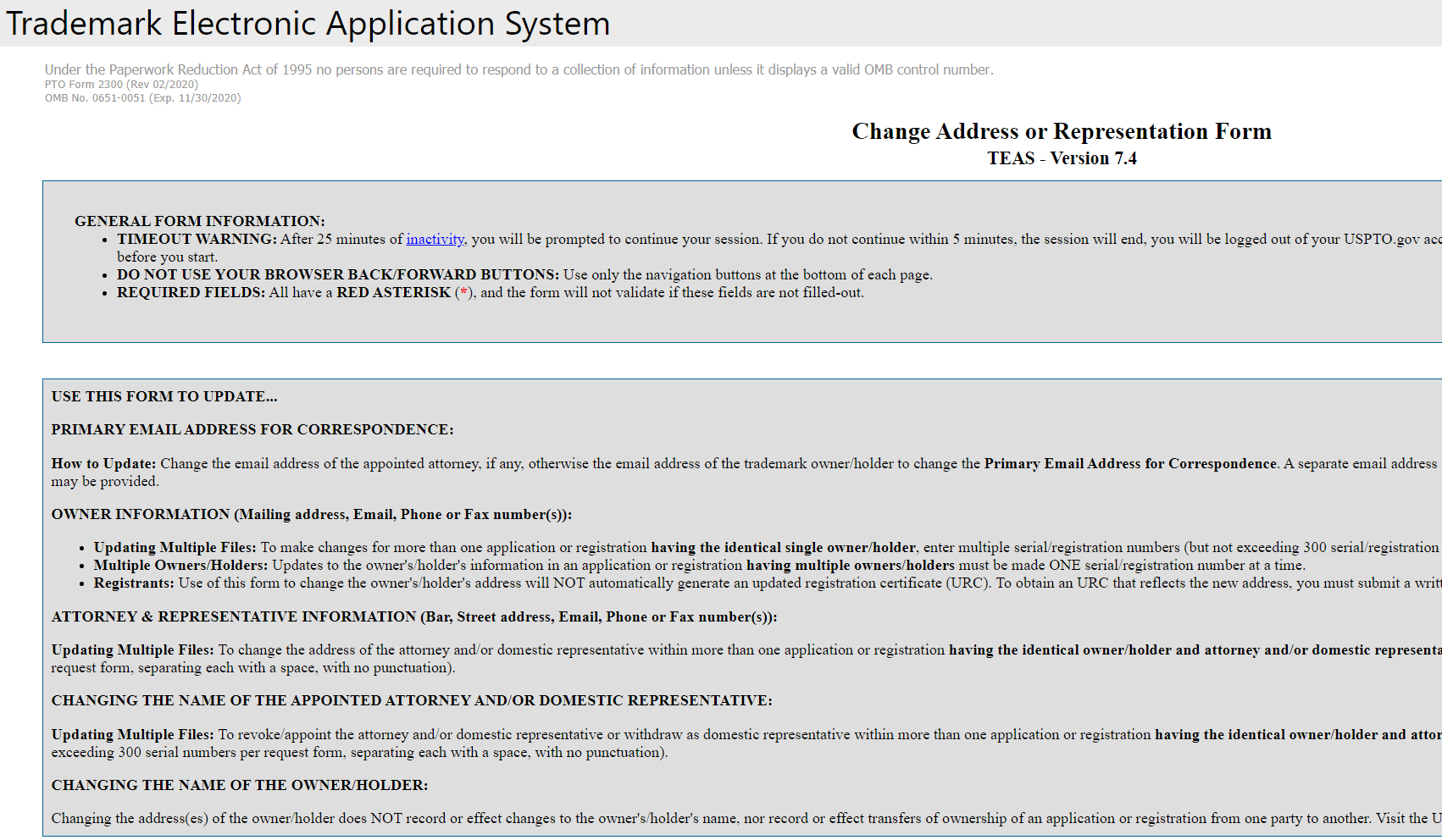Amazon Brand Registry is one of the strongest Amazon selling tools as a seller can control the entirety of Amazon listings for all products associated with a brand. It’s a free service for a seller who owns a UPSTO registered trademark.
As Amazon Brand Registry is a private program ran and controlled solely by Amazon, Amazon can do whatever it wants regarding the program including registration requirements.
Hence, you should take a note the following materials are only provided as an anecdote of an attorney who only indirectly experienced enrollment in Amazon Brand Registry through his clients.
What is Amazon Brand Registry?
What are requirements to participate in Amazon Brand Registry?
What is Amazon Brand Registry Beta?
Can you use Amazon Brand Registry as soon as you have U.S. Serial Number?
Should I give a chance to Amazon IP Accelerator program?
Why do I need to register my mark/brand/logo with the USPTO?
What is Amazon Brand Registry?
Amazon Brand Registry is an Amazon’s own program that offers its sellers an ability to control, edit, and possibly remove listings related to the sellers’ registered trademark.
Go to Amazon’s Brand Services page to get more info.
What are requirements to participate in Amazon Brand Registry?
The answer used to be simple. In the beginning, Amazon only allowed “registered” trademarks, meaning you need to first have your trademark registered with the USPTO before you enroll in Brand Registry.
The problem was that when you file a trademark application with the USPTO, the following happens:
- At least four months for the USPTO to examine your mark
- At least a month for notice to the public via publication
- At least two months for processing and waiting for USPTO actions
In sum, the trademark registration process takes at least seven months, which means an Amazon seller who launched a new brand would not be eligible to enroll in Brand Registry for a significant period of time.
That brought Amazon to recently start a pilot program Brand Registry Beta that allows sellers in the U.S. and India to apply for Brand Registry as soon as they file an application.
What is Amazon Brand Registry Beta?
It’s an invitation-only pilot program that allows you can request an enrollment of your brand with a pending trademark application.
According to its introduction page, the requirements are
- a pending trademark application with the USPTO or the Indian counterpart,
- you have an Amazon seller or vendor account, and
- you have no trademark currently enrolled in Amazon Brand Registry.
If you met the aforementioned requirements, you need to fill out a form to be waitlisted. The form asks you the followings:
- Trademark office where your trademark is pending registration
- The number of your trademark application (serial number for US trademarks and trademark application number for India trademarks)
- First name
- Last name
- Email (valid email addresses only)
- Company name
- Brand name
- If you have a seller central account please provide your merchant token. If you have a vendor central account please provide the email associated with your vendor central account
Can you use Amazon Brand Registry as soon as you have U.S. Serial Number?
A U.S. Serial Number is immediately available when you file a trademark application with the USPTO via TEAS. However, we don’t know yet how soon you can use tools available through Amazon Brand Registry.
When we have statistically meaningful data as to how long the process takes, I will post here.
last update on 9/24/2020 by Young Jeon, Esq.
If you can’t meet the Amazon Brand Registry Beta requirements, you can alternatively consider Amazon IP Accelerator program. The IP Accelerator program has affiliated law firms that offer trademark services and allows you to file a trademark application with one of the law firms and to apply for Brand Registry with the U.S. Serial Number.
IPfever does not participate in Amazon IP Accelerator program, but you can go to the program’s webpage via this link.
We already analyzed the program’s worth in a previous post, but if you need Brand Registry before your trademark gets registered, this is probably your last resort.
Should I give a chance to Amazon IP Accelerator program?
My belief, and also the USPTO’s, is that any U.S. licensed attorney can handle trademark registration, if a sufficient time is given. The key issue is how competent and responsible the lawyer is for your case. It can vary from an attorney to another within a firm.
However, Amazon probably requires the law firms to maintain the quality of the trademark applications, meaning a vast majority of the application should eventually render registration. This gives an incentive to law firms to reduce the likelihood of an Office Action, which gives many clients a reason to abandon their application due to the cost.
If so, the IP Accelerator law firms should be a better choice than many unethical trademark service companies, especially non-attorney service providers of dubious legality, who often blindly files a high likelihood of refusal application without forewarnings to make money.
The best method is to contact a law firm, preferably talk to an attorney, and ask trademark questions first. For example, if what you are hearing is nothing but a recommendation to get Brand Search or Brand Review service, then you might want to try another law firm.
Of course, you can’t never know if a trademark is safe to use, sure to be registered, and so on. Even with Brand Search and Review, it’s never 100%. On the other hand, a competent attorney can provide a general but very helpful overview of your trademark instantly upon hearing about the mark and associated goods/services.
Why do I need to register my mark/brand/logo with the USPTO?
I tend to start a free trademark consultation with a saying, you have a right to a trademark when you use it. There are exceptional circumstances such as Intent-to-Use application under which you can file a trademark application before you start to use the trademark. Nonetheless, trademark registration offers registration of an existing rights related to trademark, servicemark, collective mark, and trade dress.
The registration scheme offers a pre-screening of the alleged rights, including if there are any conflicting marks, and provide notice to the public. This helps businesses can operate with certain expectations that their trademark will be protected. As an incentive, the registered trademarks are given certain enforcement options and heightened legal status.
That does not mean, you don’t have a right to stop others from misappropriating your trademarks by using confusing names, marks, or logos.
It is true that federal trademark registration is almost always recommended unless you deal exclusively with a set of preexisting clients. However, it is also recommended that you should do your marker research and find a distinctive name or logo for your product/service. And when you feel ready, you proceed with the registration process in consideration of your business plan and budget.
On the other hand, if you want to pre-register a name or logo even long before you start actually using the name or logo, let alone your business, then you can always file an ITU application that can hold a name or logo for registration upon your actual use for up to 3 years. ITU applications involve less risk because the trademark examination will be completed before you start using it, so you can more confidently file it yourself.



 Service BPM 326634 at 8345 NW 66 ST #2000 33166-7896 Miami, which looks like this:
Service BPM 326634 at 8345 NW 66 ST #2000 33166-7896 Miami, which looks like this:
















